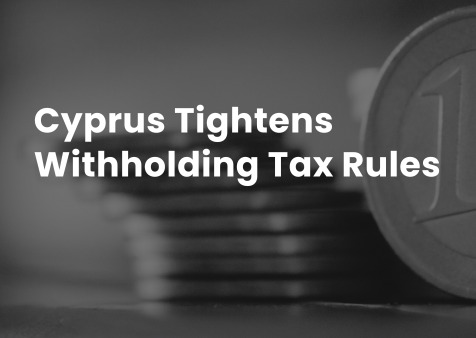On Thursday the 9th of April 2020, after many hours of debate and in the brink of failure, the EU member states’ finance ministers finally reached a deal of more than Euro 500 billion emergency rescue plan but with some sort of controversy. Two days earlier, on Tuesday the 7th of April 2020, the finance ministers failed to reach an agreement further to a 14-hour teleconference meeting.
In the middle of the Covid-19 pandemic, the rescue plan aims to stimulate the EU economy, however, no agreement has been reached on the issuance of joint bonds, the so called “Corona Bonds”.
In comparison with the financial crises of the last two decades where the EU did too little too late, this time is taking measures far ahead of the crisis. Only history will tell whether these measures will have a real and adequate impact in the recovery of the EU economies this time round.
The Recovery Plan consists of three main components:
- Revised credit lines from the European Stability System (“ESM”) to member states of about 2% of their Gross Domestic Product (“GDP”), a total of Euro 240 billion;
- A boost to the lending powers of the European Investment Bank (“EIB”) of Euro 200 billion for financing small and medium-sized companies; and
- A new Euro 100 billion unemployment insurance scheme (“SURE”: Support to mitigate Unemployment Risks in an Emergency) which is a financing tool for member states to be used in public expenditure for the preservation of employment as a second line of defense to their national short-term schemes.
The small print….
The Euro 240 billion, point 1 above, is available to member states as long as the funds are spent on their healthcare systems. The credit time will expire after the pandemic is over.
The Euro 200 billion, point 2 above, is a credit guarantee through the EIB to keep companies afloat i.e. this scheme will allow companies to borrow on this guarantee to cover short to medium term cash flow needs.
The Euro 100 billion under the SURE scheme, point 3 above, aims to cover the lost wages for employees working shorter hours.
When….
EU member state leaders will meet on the 26th of April 2020 to consider and approve the above described recovery plan.
It is hoped that the ESM credit lines of Euro 240 billion should be accessible within 15 days. The EIB needs to get the program running for the funding of Euro 200 billion without delay.
Is it enough?
It all depends on how the pandemic will evolve. If the pandemic ends in midsummer may be yes while if it prolongs, maybe further measures will be needed and the EU shall be ready to do so.
There is also talk among EU leaders that even with the best-case scenario more financial assistance will be needed during the last quarter of 2020 or in the beginning of 2021. The form of this financial assistance will be decided by EU leaders in the coming months.
Opinion
It is our opinion that the above measures are in the right direction, however, the EU should ensure that the impact of the pandemic is absorbed at government and institution level and not by the private sector to avoid unprecedented or unwanted consequences for the European economy as a whole.
We hope that the “old” friction among the European states, which has resurfaced during the last few weeks will be controlled and unity and solidarity will be promoted for the overall benefit of the European continent.

